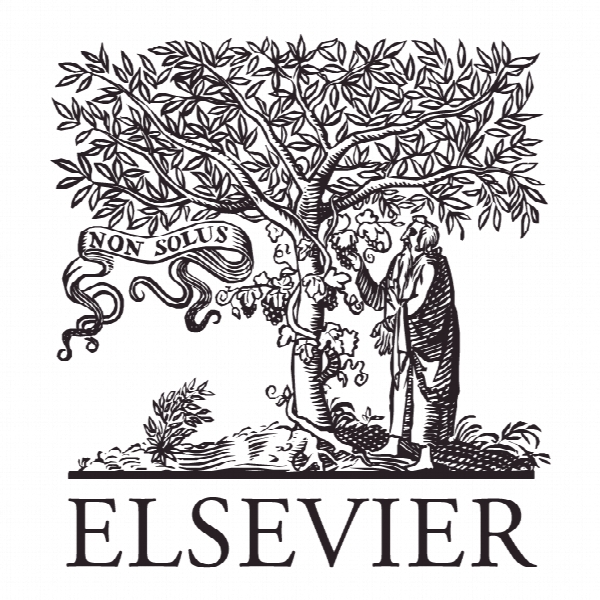عنصر ماکرو برای مدل سازی کجی فونداسیون سطحی تحت بار لرزه ای A macro-element for the modelling of shallow foundation deformations under seismic load
- نوع فایل : کتاب
- زبان : انگلیسی
- ناشر : Elsevier
- چاپ و سال / کشور: 2018
توضیحات
رشته های مرتبط مهندسی عمران
گرایش های مرتبط سازه
مجله دینامیک خاک و مهندسی زلزله – Soil Dynamics and Earthquake Engineering
دانشگاه University of Canterbury – New Zealand
منتشر شده در نشریه الزویر
کلمات کلیدی انگلیسی Soil-foundation-structure interaction, Macro-element model, Shallow foundations, Plasticity, Uplift
گرایش های مرتبط سازه
مجله دینامیک خاک و مهندسی زلزله – Soil Dynamics and Earthquake Engineering
دانشگاه University of Canterbury – New Zealand
منتشر شده در نشریه الزویر
کلمات کلیدی انگلیسی Soil-foundation-structure interaction, Macro-element model, Shallow foundations, Plasticity, Uplift
Description
1. Introduction The consideration of soil deformations and soil-foundation-structure interaction (SFSI) in building design and analysis is becoming common place for structural engineers. This is largely motivated by a performance-based design philosophy where there is a need to understand and quantify the transient and residual deformations of the foundation and their influence on the overall behaviour of the soil-foundationstructure system. The practicing engineering community is often constrained to considering the soil-foundation interface through a series of linear uncoupled springs and dashpots, which can miss some of the most beneficial effects of SFSI [32] as well as the potentially detrimental consequences [26]. An alternative approach is direct mesh finite-element modelling of the soil and structure can capture the non-linear effects, it requires a detailed understanding of soil and structural mechanics and behaviour of soil-foundation-structure systems under earthquake loading, as well as experience in finite element modelling. The need for a simple, reliable and sufficiently accurate numerical tool to predict the non-linear soil-foundation interface has prompted considerable development in lumped parameter approaches to consider soil-foundationstructure-interaction. SFSI is a branch of the widely discussed soilstructure interaction (SSI), which covers the behaviour of many different structures (e.g. pipelines, embankments, buildings). Many of the phenomenon and numerical issues that exist for SFSI are also apparent for many other SSI problems, however, SFSI deals directly with foundation uplift and nonlinear soil behaviour, whereas typical SSI analyses make use of equivalent linear properties and such nonlinearities are beyond their scope. Two different numerical approaches dominate this type of analysis, the conventional Winkler-beam and the macro-element approach. The Winkler-beam uses a series of independent translational springs that can yield and detach (eg. [13,21]) The combination of the springs provides the rotational and vertical stiffness of the footing, while an additional uncoupled translational spring models horizontal stiffness. On the other hand, the macro-element models the rotational, horizontal and vertical stiffness of the foundation directly using coupled translational and rotational springs. The condensation down to only one spring for each degree-of-freedom or mode of deformation (axial, shear and moment) is possible by assuming that the footing itself acts as a rigid body. The non-linear effects, such as uplifting and soil yielding, are captured by considering the coupling of the forces through a coupled hysteretic model.


